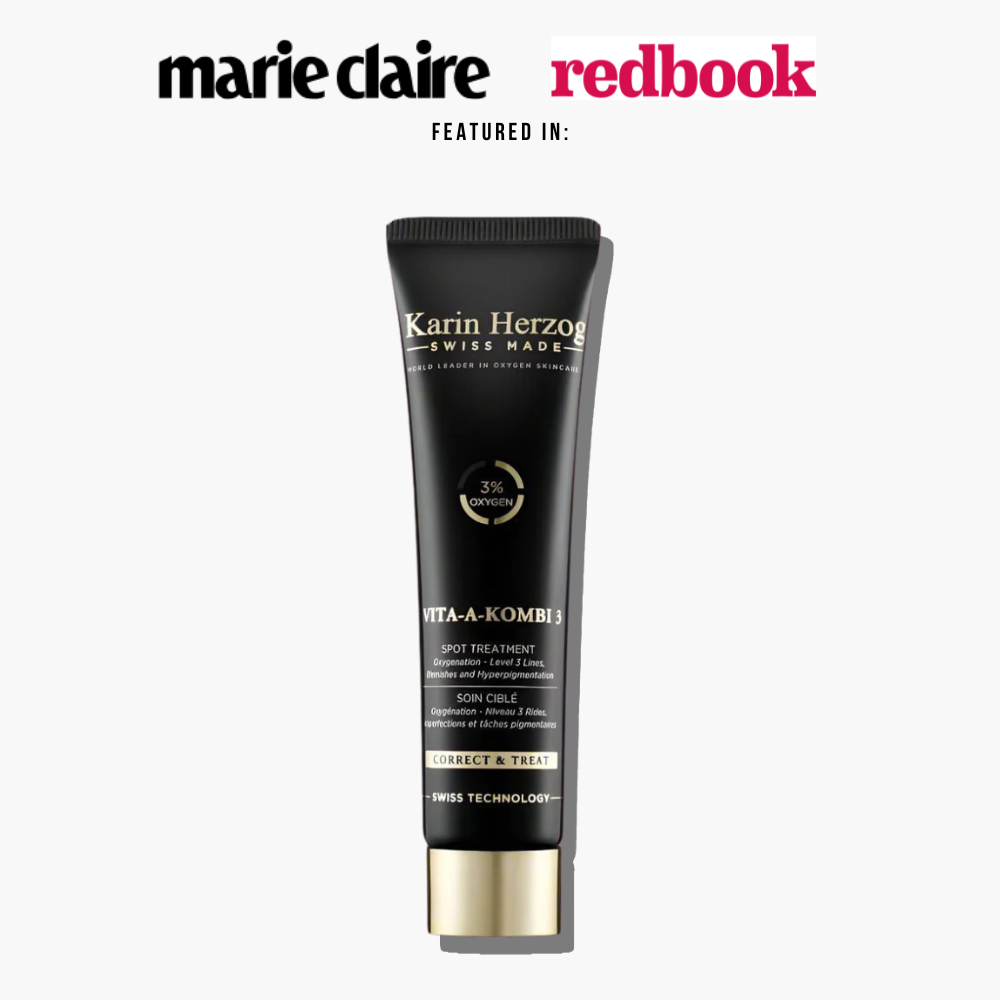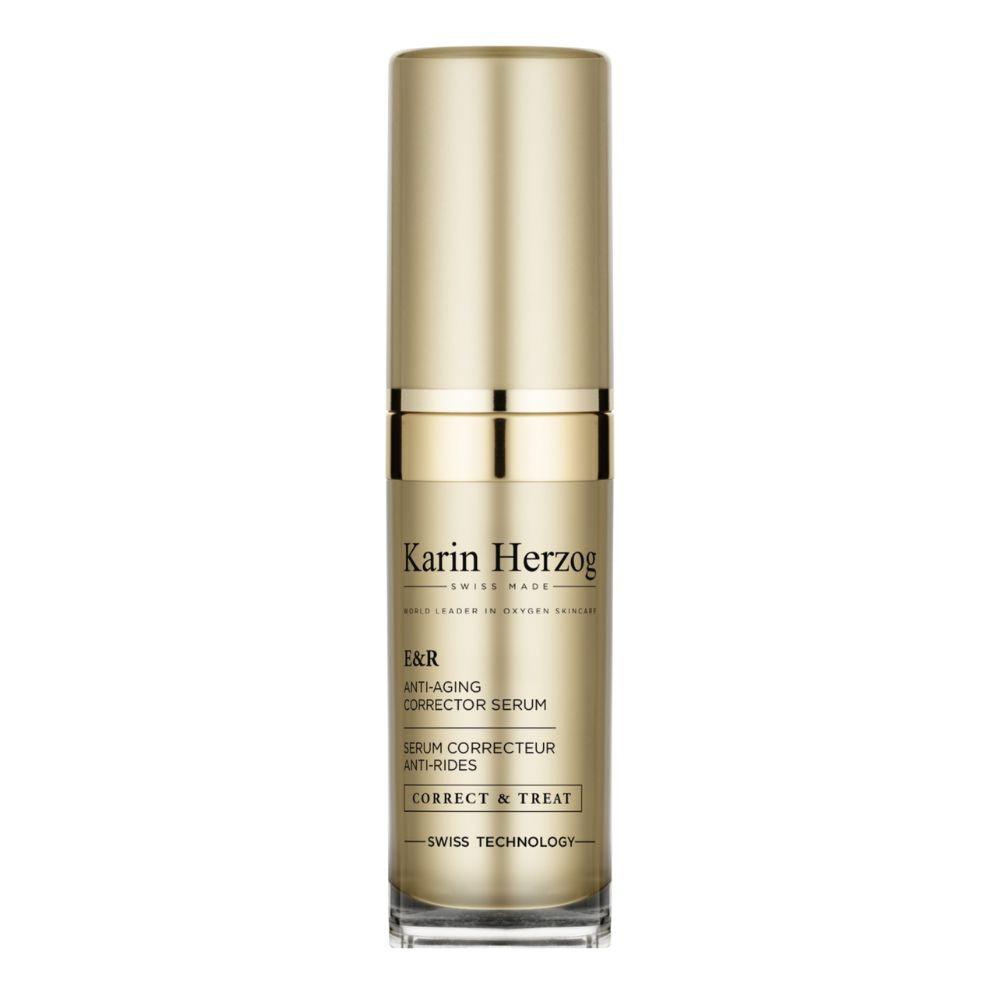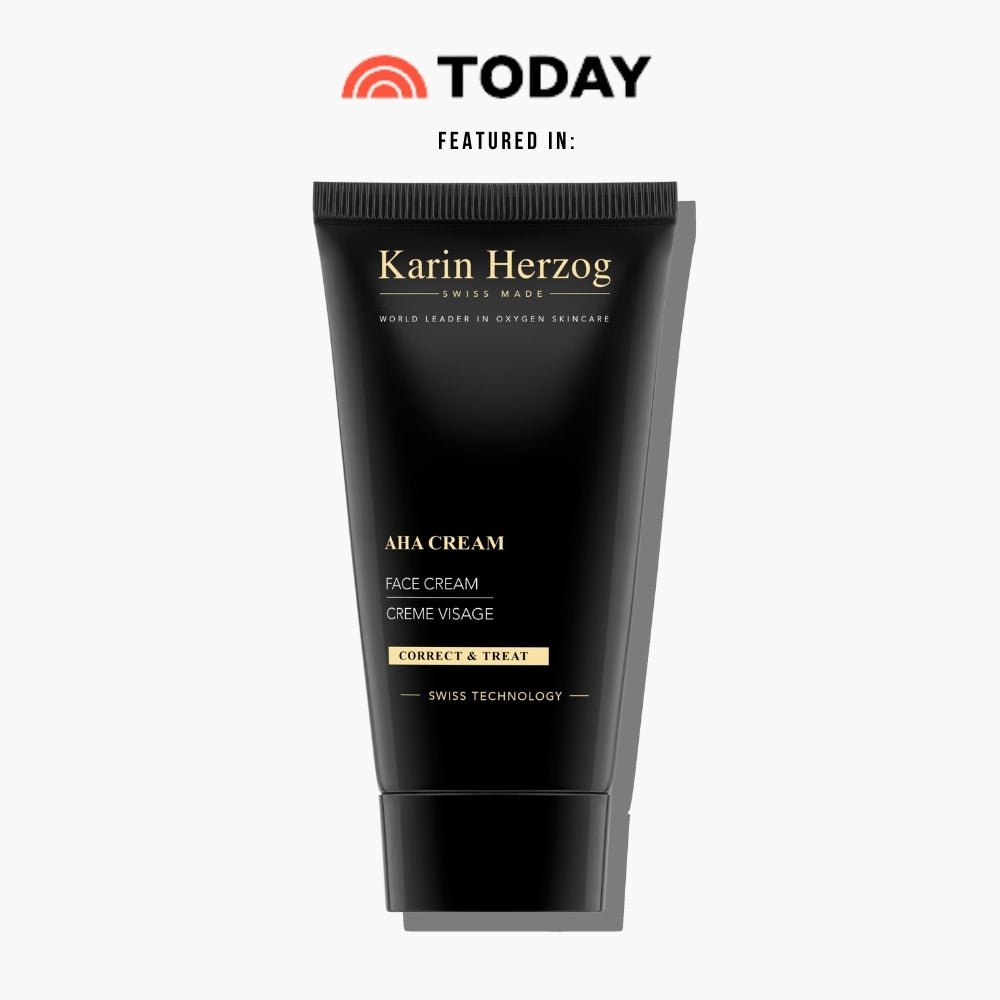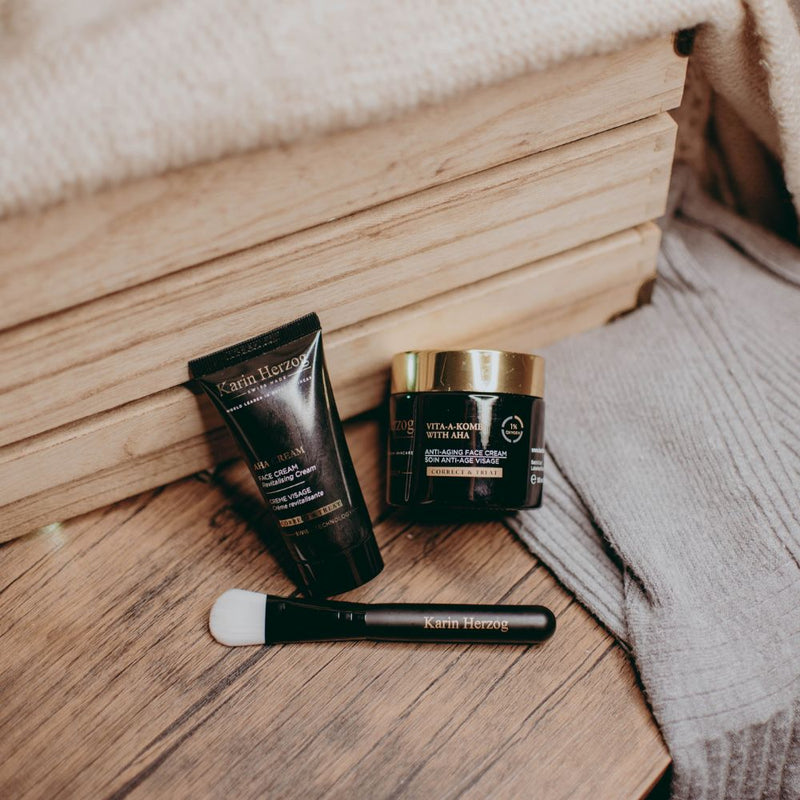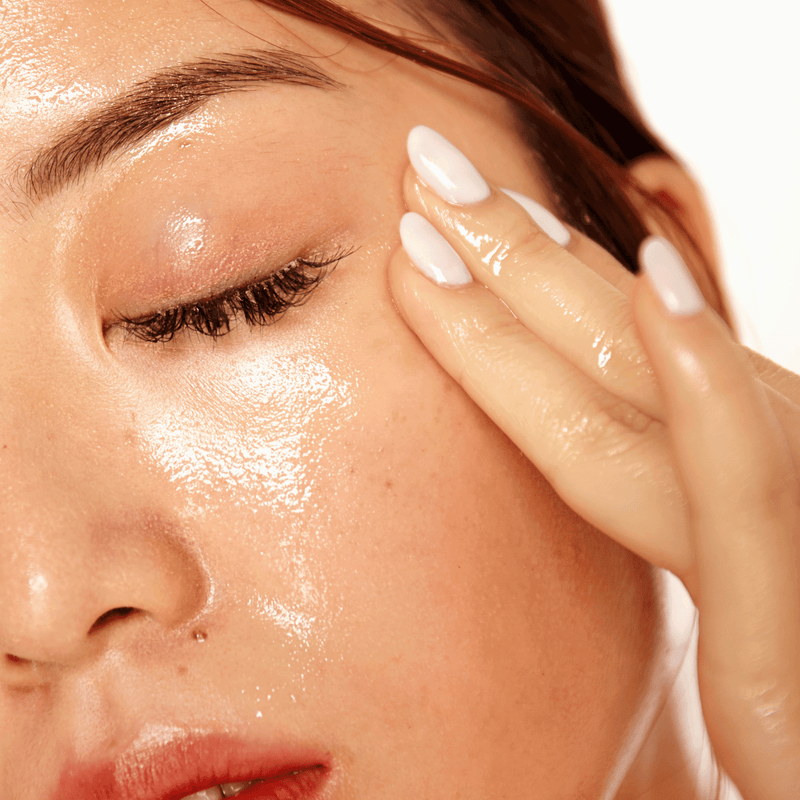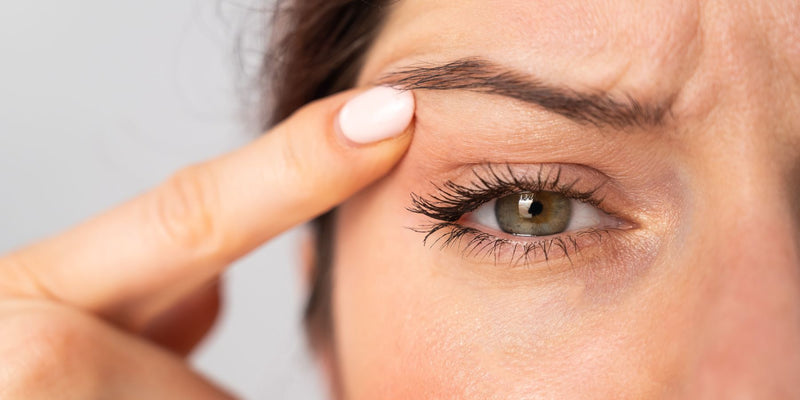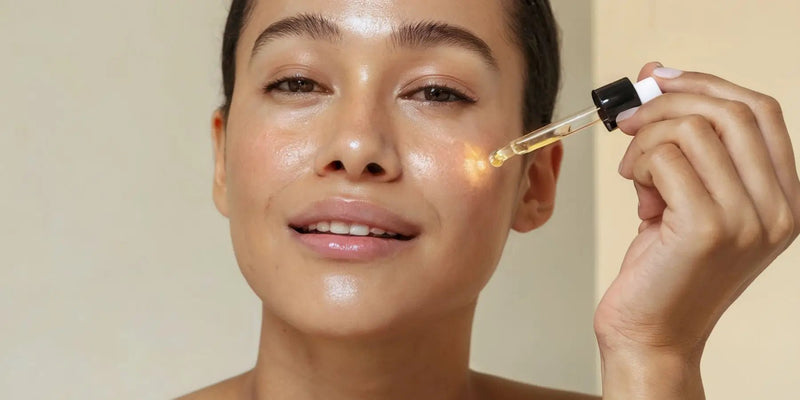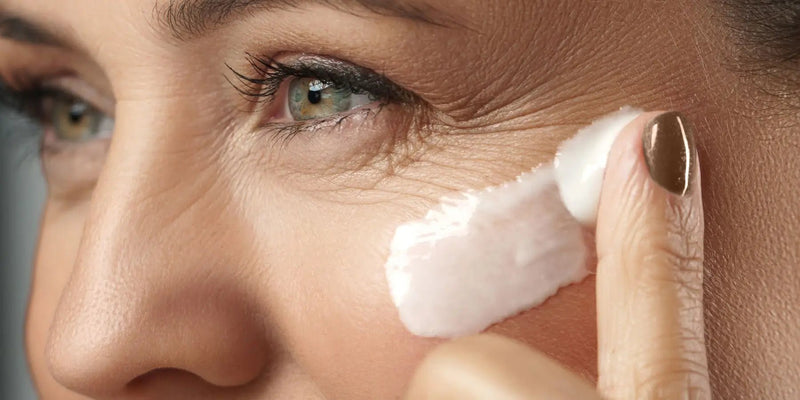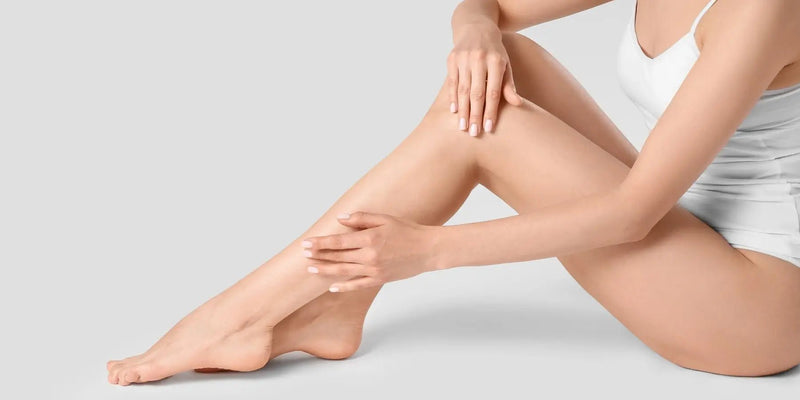Hyaluronic Acid vs Salicylic Acid: Choosing the Right Skincare Ingredient
Key Takeaway
Hyaluronic acid is a powerful hydrating ingredient that plumps skin and reduces fine lines, while salicylic acid is a chemical exfoliant that treats acne and refines pores
Hyaluronic acid suits all skin types, especially dry and aging skin, whereas salicylic acid works best for oily, acne-prone, and combination skin
These ingredients serve different purposes and can be used together in a skincare routine when properly layered
Choose hyaluronic acid for hydration and anti-aging benefits, and salicylic acid for treating breakouts and improving skin texture
____________________
When navigating the world of skincare ingredients, the choice between hyaluronic acid vs salicylic acid often leaves many women confused about which ingredient will best address their skin concerns. These two powerhouse ingredients serve distinctly different purposes in skincare routines, yet both offer significant benefits for maintaining healthy, youthful-looking skin. Understanding the unique properties, benefits, and applications of each ingredient is crucial for making informed decisions about your skincare regimen and achieving your desired skin goals.
What is Hyaluronic Acid?
Hyaluronic acid stands as one of the most celebrated hydrating ingredients in modern skincare, renowned for its exceptional ability to attract and retain moisture. This naturally occurring substance exists in our skin, joints, and eyes, functioning as a powerful humectant that can hold up to 1,000 times its weight in water. As we age, our natural hyaluronic acid production decreases, leading to visible signs of aging including fine lines, wrinkles, and loss of skin plumpness.
In skincare formulations, hyaluronic acid appears in various molecular weights, each serving specific functions. Low molecular weight hyaluronic acid penetrates deeper into the skin layers, providing long-lasting hydration from within, while high molecular weight forms create a protective moisture barrier on the skin's surface. This versatility makes hyaluronic acid suitable for all skin types, including sensitive skin, as it rarely causes irritation or adverse reactions.
The ingredient works by drawing moisture from the environment and deeper skin layers to the surface, creating an immediately visible plumping effect that smooths fine lines and enhances skin texture. Professional skincare brands like Karin Herzog incorporate hyaluronic acid into their formulations to deliver intensive hydration while supporting the skin's natural moisture retention mechanisms. Regular use of hyaluronic acid can significantly improve skin elasticity, reduce the appearance of aging signs, and maintain optimal hydration levels throughout the day.
What is Salicylic Acid?
Salicylic acid belongs to the beta-hydroxy acid (BHA) family and serves as one of the most effective chemical exfoliants available in skincare. Derived originally from willow bark, this oil-soluble ingredient possesses unique properties that allow it to penetrate deep into pores, making it exceptionally effective for treating acne, blackheads, and other pore-related concerns. Unlike alpha-hydroxy acids (AHAs) that work primarily on the skin's surface, salicylic acid can dissolve the bonds between dead skin cells and unclog congested pores from within.
The mechanism of action for salicylic acid involves breaking down the keratin protein that binds dead skin cells together, facilitating their removal and preventing pore blockages. This process not only treats existing acne but also prevents future breakouts by maintaining clear, unobstructed pores. Additionally, salicylic acid possesses anti-inflammatory properties that help reduce redness and swelling associated with acne lesions, making it a comprehensive treatment for various forms of acne.
Salicylic acid concentrations in skincare products typically range from 0.5% to 2%, with higher concentrations reserved for professional treatments. The ingredient works best on oily and combination skin types, as these skin types can better tolerate its exfoliating effects without experiencing excessive dryness. Regular use of salicylic acid can dramatically improve skin texture, reduce pore size appearance, and create a smoother, more refined complexion. However, it requires careful introduction into skincare routines and proper sun protection, as it can increase photosensitivity.
Hyaluronic Acid vs Salicylic Acid: Complete Comparison
Feature
Hyaluronic Acid
Salicylic Acid
Primary Function
Hydration and moisture retention
Exfoliation and pore clarification
Mechanism of Action
Attracts and binds water molecules
Dissolves dead skin cells and unclogs pores
Best For
All skin types, especially dry and aging
Oily, acne-prone, combination skin
Key Benefits
Plumps skin, reduces fine lines, improves elasticity
Treats acne, refines pores, improves texture
Concentration Range
0.1% - 2% in skincare products
0.5% - 2% in over-the-counter products
Frequency of Use
Daily (morning and evening)
2-3 times per week initially
Skin Sensitivity
Very low, suitable for sensitive skin
Moderate, may cause initial irritation
Sun Sensitivity
None
Increases photosensitivity
Age Group
All ages, particularly beneficial 25+
Most effective for teens and adults with acne
Complementary Use
Can be layered with most ingredients
Requires careful layering and timing
Results Timeline
Immediate plumping, long-term hydration
2-4 weeks for visible improvements
Side Effects
Rare, possible temporary stickiness
Dryness, irritation, increased sun sensitivity
This comparison reveals that while both ingredients offer valuable skincare benefits, they serve distinctly different purposes and target different skin concerns. Hyaluronic acid focuses on hydration and anti-aging benefits, making it ideal for maintaining overall skin health across all age groups. Salicylic acid concentrates on treating specific skin issues like acne and texture problems, requiring more careful application and monitoring for optimal results.
Hyaluronic Acid vs Salicylic Acid: Key Differences
The fundamental differences between hyaluronic acid and salicylic acid lie in their primary functions, mechanisms of action, and target skin concerns. While hyaluronic acid focuses on hydration and moisture retention, salicylic acid concentrates on exfoliation and pore clarification. Understanding these distinctions is essential for selecting the appropriate ingredient based on your specific skincare goals and concerns.
Hyaluronic acid functions as a moisture magnet, drawing water from the environment and deeper skin layers to provide intensive hydration. This hydrating action results in immediate plumping effects, temporarily smoothing fine lines and creating a more youthful appearance. The ingredient works on the principle of moisture attraction rather than chemical alteration of the skin, making it gentle and suitable for daily use across all skin types. Its primary benefits include enhanced hydration, improved skin elasticity, and reduced appearance of fine lines caused by dehydration.
In contrast, salicylic acid operates through chemical exfoliation, breaking down the bonds between dead skin cells and facilitating their removal. This process reveals fresh, new skin cells underneath while preventing pore congestion that leads to acne formation. Salicylic acid's oil-soluble nature allows it to penetrate sebaceous follicles effectively, making it particularly beneficial for treating blackheads, whiteheads, and inflammatory acne. The ingredient requires gradual introduction and cannot be used as frequently as hyaluronic acid, especially for those with sensitive skin.
The target demographics for these ingredients also differ significantly. Hyaluronic acid appeals to individuals seeking anti-aging benefits, hydration enhancement, and overall skin health improvement, regardless of age or skin type. Salicylic acid primarily benefits those dealing with acne, oily skin, large pores, and textural irregularities, making it particularly popular among younger demographics and those with problematic skin conditions.
Benefits of Hyaluronic Acid for Skin Health
The benefits of hyaluronic acid extend far beyond simple hydration, encompassing comprehensive skin health improvements that address multiple aging concerns simultaneously. The primary advantage lies in its unparalleled ability to attract and retain moisture, creating a reservoir of hydration that keeps skin plump, smooth, and resilient throughout the day. This hydrating action immediately improves skin texture, reducing the appearance of fine lines and creating a more youthful, radiant complexion.
Hyaluronic acid supports the skin's natural barrier function by maintaining optimal moisture levels, which is crucial for protecting against environmental aggressors and preventing premature aging. Well-hydrated skin appears firmer and more elastic, as adequate moisture content helps maintain the structural integrity of collagen and elastin fibers. This effect is particularly beneficial for mature skin, where natural hyaluronic acid production has declined, leading to visible signs of aging and decreased skin resilience.
The ingredient also promotes wound healing and skin repair processes by creating an optimal environment for cellular regeneration. Proper hydration levels facilitate the skin's natural renewal processes, helping to repair damage from sun exposure, pollution, and other environmental stressors. Additionally, hyaluronic acid can enhance the absorption and effectiveness of other skincare ingredients by creating a well-hydrated base that allows for better product penetration.
Professional formulations like those found in Karin Herzog's oxygen skincare collection often combine hyaluronic acid with other beneficial ingredients to maximize its hydrating and anti-aging effects. The versatility and gentle nature of hyaluronic acid make it an excellent choice for individuals seeking comprehensive skin health improvements without the risk of irritation or adverse reactions commonly associated with more aggressive anti-aging treatments.
Benefits of Salicylic Acid for Acne-Prone Skin
Salicylic acid delivers targeted benefits specifically designed to address the root causes of acne and improve overall skin clarity. The primary advantage lies in its ability to penetrate deep into pores and dissolve the buildup of dead skin cells, excess sebum, and debris that contribute to acne formation. This deep-cleaning action not only treats existing breakouts but also prevents future acne by maintaining clear, unobstructed pores.
The exfoliating properties of salicylic acid extend beyond acne treatment to include overall skin texture improvement. Regular use helps remove the outer layer of dead skin cells, revealing fresher, smoother skin underneath and reducing the appearance of post-acne marks and minor scarring. This gentle chemical exfoliation is often more effective and less irritating than physical scrubs, making it an excellent choice for those with sensitive, acne-prone skin.
Salicylic acid's anti-inflammatory properties provide additional benefits by reducing redness, swelling, and discomfort associated with inflamed acne lesions. This dual action of exfoliation and inflammation reduction makes it particularly effective for treating various types of acne, from mild blackheads and whiteheads to more severe inflammatory acne. The ingredient also helps regulate sebum production over time, contributing to long-term improvements in skin clarity and reduced acne occurrence.
For comprehensive acne treatment, products like Karin Herzog's Anti-Acne Kit may incorporate salicylic acid alongside other acne-fighting ingredients to provide multi-targeted treatment approaches. The key to successful salicylic acid use lies in proper application, gradual introduction, and consistent use to achieve and maintain optimal results while minimizing potential side effects such as dryness or irritation.
Can Hyaluronic Acid and Salicylic Acid Be Used Together?
The combination of hyaluronic acid and salicylic acid in a skincare routine is not only possible but often highly beneficial when properly executed. These ingredients complement each other by addressing different skin concerns simultaneously – salicylic acid handles exfoliation and pore clarification while hyaluronic acid provides essential hydration and moisture retention. This combination approach allows individuals to target multiple skin issues without compromising the effectiveness of either ingredient.
The key to successfully combining these ingredients lies in proper layering and timing. Salicylic acid should typically be applied first, as it requires direct contact with the skin to penetrate effectively and perform its exfoliating function. After allowing sufficient time for the salicylic acid to absorb and work, hyaluronic acid can be applied to provide hydration and counteract any potential drying effects from the exfoliating acid. This layering approach maximizes the benefits of both ingredients while minimizing potential irritation.
Timing considerations are crucial when using both ingredients in the same routine. Many skincare professionals recommend using salicylic acid in the evening, as it can increase photosensitivity and works best during the skin's natural repair cycle. Hyaluronic acid can be used both morning and evening, making it an excellent follow-up to salicylic acid treatments and a hydrating base for morning skincare routines. Some individuals may prefer to alternate days or use salicylic acid less frequently to avoid over-exfoliation while maintaining consistent hydration with daily hyaluronic acid application.
The combination becomes particularly beneficial for individuals with oily or combination skin who experience both acne concerns and dehydration. The exfoliating action of salicylic acid helps maintain clear pores and smooth texture, while hyaluronic acid ensures the skin remains properly hydrated without adding excess oil. This balanced approach can lead to improved overall skin health, reduced acne occurrence, and enhanced skin texture and appearance over time.
Choosing the Right Ingredient for Your Skin Type
Selecting between hyaluronic acid and salicylic acid requires careful consideration of your specific skin type, concerns, and skincare goals. Understanding how each ingredient interacts with different skin conditions enables you to make informed decisions that will optimize your skincare results while minimizing potential adverse effects.
For dry and mature skin types, hyaluronic acid emerges as the clear choice due to its exceptional hydrating properties and anti-aging benefits. Individuals experiencing fine lines, loss of elasticity, or general skin dryness will find significant improvement through regular hyaluronic acid use. The ingredient's ability to hold vast amounts of water makes it particularly beneficial for those living in dry climates or experiencing seasonal skin changes. Additionally, mature skin often benefits from the plumping effect of hyaluronic acid, which can temporarily reduce the appearance of fine lines and create a more youthful complexion.
Oily and acne-prone skin types typically respond better to salicylic acid due to its oil-soluble nature and pore-penetrating abilities. Individuals struggling with blackheads, whiteheads, enlarged pores, or regular breakouts will see more targeted improvements with consistent salicylic acid use. The ingredient's ability to regulate sebum production and prevent pore congestion makes it particularly effective for those with combination skin who experience oiliness in the T-zone while maintaining normal or dry skin in other areas.
Sensitive skin requires special consideration when choosing between these ingredients. While hyaluronic acid is generally well-tolerated across all skin types, salicylic acid may cause irritation, especially during initial use or with higher concentrations. Individuals with sensitive skin who wish to incorporate salicylic acid should start with lower concentrations and gradually build tolerance while monitoring for any adverse reactions. Products from professional lines like Karin Herzog's sensitive skin collection often provide gentler formulations that accommodate sensitive skin needs while delivering effective results.
Professional Recommendations and Application Guidelines
Professional application of hyaluronic acid and salicylic acid requires understanding optimal concentrations, frequency of use, and proper integration within comprehensive skincare routines. Dermatologists and skincare professionals typically recommend starting with lower concentrations of active ingredients and gradually increasing potency based on skin tolerance and desired results.
For hyaluronic acid application, professionals suggest using products containing various molecular weights to achieve both immediate and long-term hydration benefits. The ingredient should be applied to slightly damp skin to maximize its moisture-attracting properties, followed by a moisturizer to seal in hydration. Professional treatments may use higher concentrations of hyaluronic acid in conjunction with other hydrating ingredients to deliver intensive moisture therapy for severely dehydrated or aging skin.
Salicylic acid requires more careful professional guidance due to its potential for irritation and increased photosensitivity. Skincare professionals typically recommend starting with concentrations between 0.5% and 1% for sensitive skin, gradually increasing to 2% for those who can tolerate higher potencies. Professional treatments may use higher concentrations under controlled conditions, often combined with neutralizing agents and comprehensive aftercare protocols to ensure optimal results while minimizing adverse effects.
The integration of these ingredients into existing skincare routines requires professional assessment of current products and potential interactions. Skincare professionals often recommend patch testing new ingredients and introducing them gradually to monitor skin response. They may also suggest modifications to existing routines, such as reducing frequency of other exfoliating products when introducing salicylic acid or adjusting moisturizer types when incorporating intensive hydrating treatments.
Professional guidance becomes particularly important when combining multiple active ingredients or addressing complex skin concerns that may require customized treatment approaches. Karin Herzog's professional skincare range offers various formulations that incorporate these ingredients alongside other beneficial compounds, providing comprehensive solutions for diverse skin types and concerns under professional guidance.
Conclusion
The decision between hyaluronic acid vs salicylic acid ultimately depends on your individual skin needs, concerns, and goals. Hyaluronic acid excels as a universal hydrating ingredient that benefits all skin types, particularly those seeking anti-aging benefits and enhanced moisture retention. Its gentle nature and immediate plumping effects make it an excellent choice for daily use and long-term skin health maintenance.
Salicylic acid serves as a targeted treatment for acne-prone and oily skin types, offering deep pore cleansing and exfoliating benefits that can dramatically improve skin clarity and texture. While requiring more careful application and monitoring, its effectiveness in treating acne and preventing future breakouts makes it invaluable for those struggling with problematic skin conditions.
The beauty of modern skincare lies in the ability to combine these ingredients strategically, allowing individuals to address multiple skin concerns simultaneously while maximizing the benefits of each component. Whether used individually or in combination, both hyaluronic acid and salicylic acid offer proven benefits that can significantly enhance your skincare routine and help achieve your desired skin goals. The key lies in understanding your skin's unique needs and selecting the appropriate ingredients and concentrations that will deliver optimal results while maintaining skin health and comfort.
FAQs
Can I use hyaluronic acid and salicylic acid in the same routine?
Yes, you can use both ingredients together by applying salicylic acid first, allowing it to absorb, then following with hyaluronic acid for hydration. This combination addresses both exfoliation and moisture retention needs effectively.
Which ingredient is better for anti-aging: hyaluronic acid or salicylic acid?
Hyaluronic acid is superior for anti-aging as it provides immediate plumping effects and long-term hydration that reduces fine lines. Salicylic acid primarily targets acne and texture rather than aging concerns.
How often should I use salicylic acid compared to hyaluronic acid?
Hyaluronic acid can be used daily, morning and evening, while salicylic acid should start 2-3 times per week and gradually increase based on tolerance. Overuse of salicylic acid can cause irritation and dryness.
Is hyaluronic acid suitable for oily skin?
Yes, hyaluronic acid is excellent for oily skin as it provides lightweight, non-comedogenic hydration without adding oils. It helps balance moisture levels and can actually reduce excess oil production caused by dehydration.
Can salicylic acid cause skin sensitivity to sun exposure?
Yes, salicylic acid increases photosensitivity, making your skin more susceptible to sun damage. Always use broad-spectrum SPF 30+ sunscreen daily when using salicylic acid products and avoid excessive sun exposure.
References
Papakonstantinou, E., Roth, M., & Karakiulakis, G. (2012). Hyaluronic acid: A key molecule in skin aging. Dermato-endocrinology, 4(3), 253-258. https://www.ncbi.nlm.nih.gov/pmc/articles/PMC3583886/
Arif, T. (2015). Salicylic acid as a peeling agent: a comprehensive review. Clinical, cosmetic and investigational dermatology, 8, 455-461. https://www.ncbi.nlm.nih.gov/pmc/articles/PMC4554394/
Draelos, Z. D. (2018). The science behind skin care: Moisturizers. Journal of cosmetic dermatology, 17(2), 138-144.https://pubmed.ncbi.nlm.nih.gov/29319217/
Keen, Mohammad. (2017). Hyaluronic Acid in Dermatology. Skinmed. 15. 441-448. https://www.researchgate.net/publication/322129731_Hyaluronic_Acid_in_Dermatology


